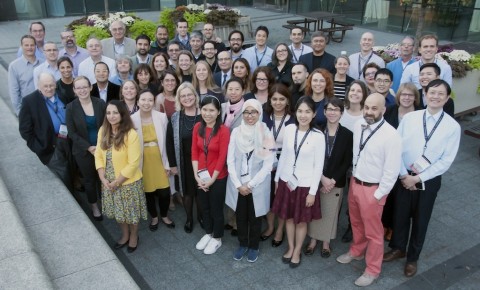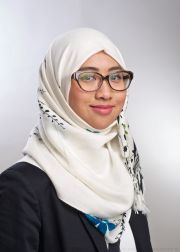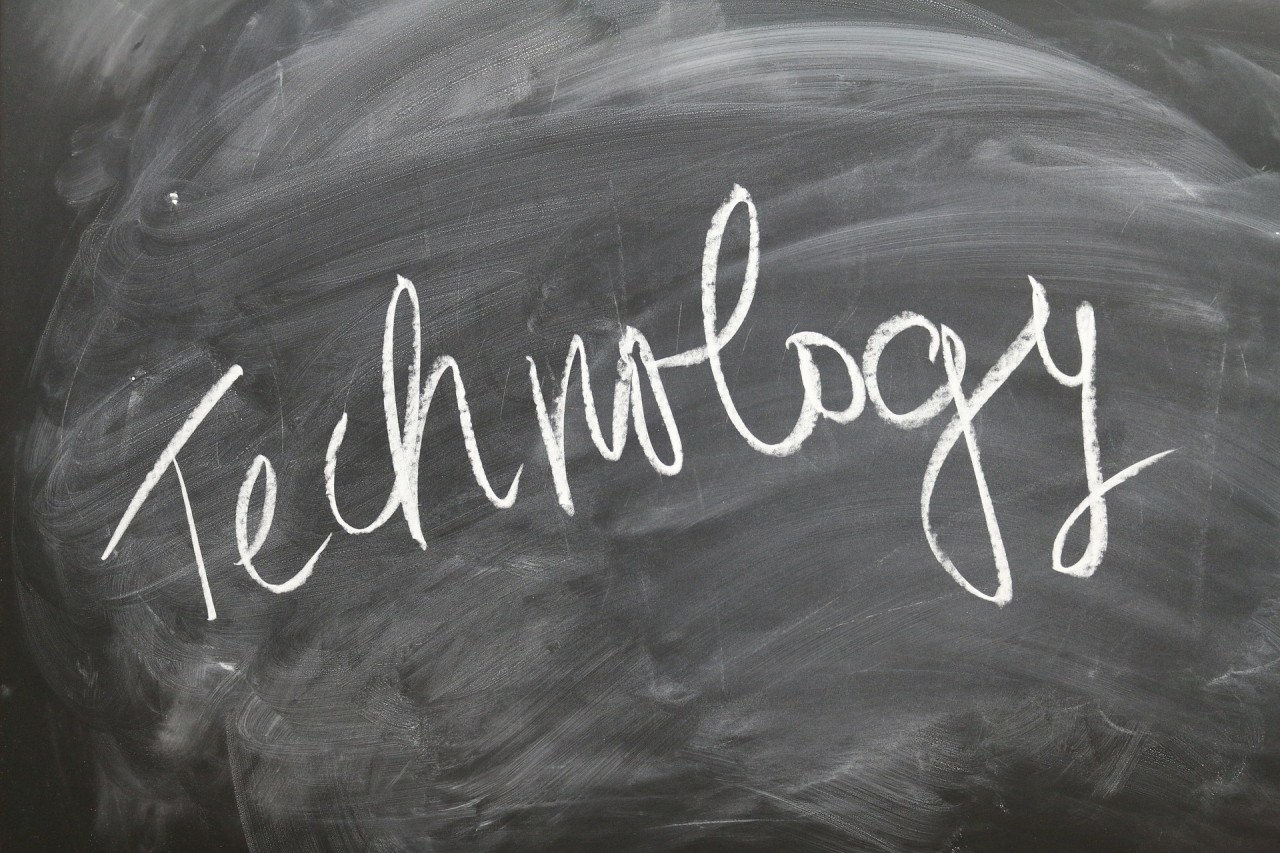Based on my date of birth I am a millennial. Although I am in no way an expert, I grew up using technology and am comfortable utilizing it in my teaching. What more did I really need to know? Prior to taking the Harvard Macy Institute 2.0 course, a friend cynically asked me: What are you really going to learn from a technology education course? How to do a PowerPoint presentation? Do you really think you are going to get something out of it? Reflecting back on those words after finishing the course I would confidently answer: That, and much, much more.
As I learned in the course, following the latest technology trends and owning the latest gadgets doesn’t qualify you as a technology expert, nor does it mean you can efficiently apply technology in education. There is a difference between knowing how to use technology and actually embedding it thoughtfully as part of your engagement with learners. The most engaging part of the course was its interactive design, where we rotated through breakout groups to learn varied applications such as Kahoot, Powtoon and Office Mix. I was inspired to see fellow scholars using different technologies in such diverse ways including wiki pages, Facebook pages and even a wedding app!! One of my personal highlights was the introduction to a virtual simulation app for intubation designed by an ENT specialist.
One thing I hadn’t considered prior to the course was the cognitive load associated with multimedia use in learning. Fascinating articles were discussed during our journal clubs about how too much of technology can be harmful as part of an educational activity. Understanding how the mind works and exploring different techniques to reduce cognitive load is something I now consider when developing multimedia activities for learners.
As educators we know the importance of role modeling. As a learner, I observed course faculty transparently discussing the pedagogical considerations which informed the design of activities. Starting with a pre-course online learning activity, we had the opportunity to work in groups and design and implement our own online module, embedded within an open-source learning management system. It was my first time working with an instructional designer, which opened my eyes to how powerful collaboration with a learning specialist can be when designing an educational experience.
Overall, I returned to my home institution with many more tools in my educator toolkit, as well as a number of methods to help me organize and structure my own academic work. I also recognized the value of connecting with my institutional instructional design specialists, and have begun to consult them on my projects. Perhaps one of the benefits is that I am now viewed as someone who is knowledgeable regarding technology in education, I have been asked to give a professional presentation on technology in education and have served as a resource to others at my home institution.
The technology drive can be overwhelming: day to day use of networking in social media, using electronic health records in our clinical practice, preparing and applying different multimedia tools in our educational activities. It was a nice reminder that we should have some moments of “Zen” to meditate and relax for at least a few minutes per day to get away from our busy life styles as clinicians and educators.
Currently, embedding polls in my lectures and making it interactive has been a big hit among my learners. Poll Everywhere is a user-friendly app which allows the learners use their own mobile phones and devices and keep them engaged in the lecture. I even used it in one of my faculty development talks and they were very impressed.
Consider taking the course, whether you are a digital native, a digital immigrant, or you belong to the boomers, millennials or generation X. I truly believe you will benefit from this community of passionate educators. Comment on the blog with your favorite use of technology in health professions education.

Reference
Ameera Cluntun

Ameera Cluntun, MBBS, SBEM (Educators ‘17, 2.0 ’17, Assessment ’18) is an emergency physician and medical educator. She currently serves as Clinical Assistant Professor and Director of Education at the Simulation and Skills Development Center at Princess Nourah University in Riyadh, Saudi Arabia. Ameera’s areas of professional interest include simulation and interprofessional education. She can be followed on Twitter @AmeeraCluntun

